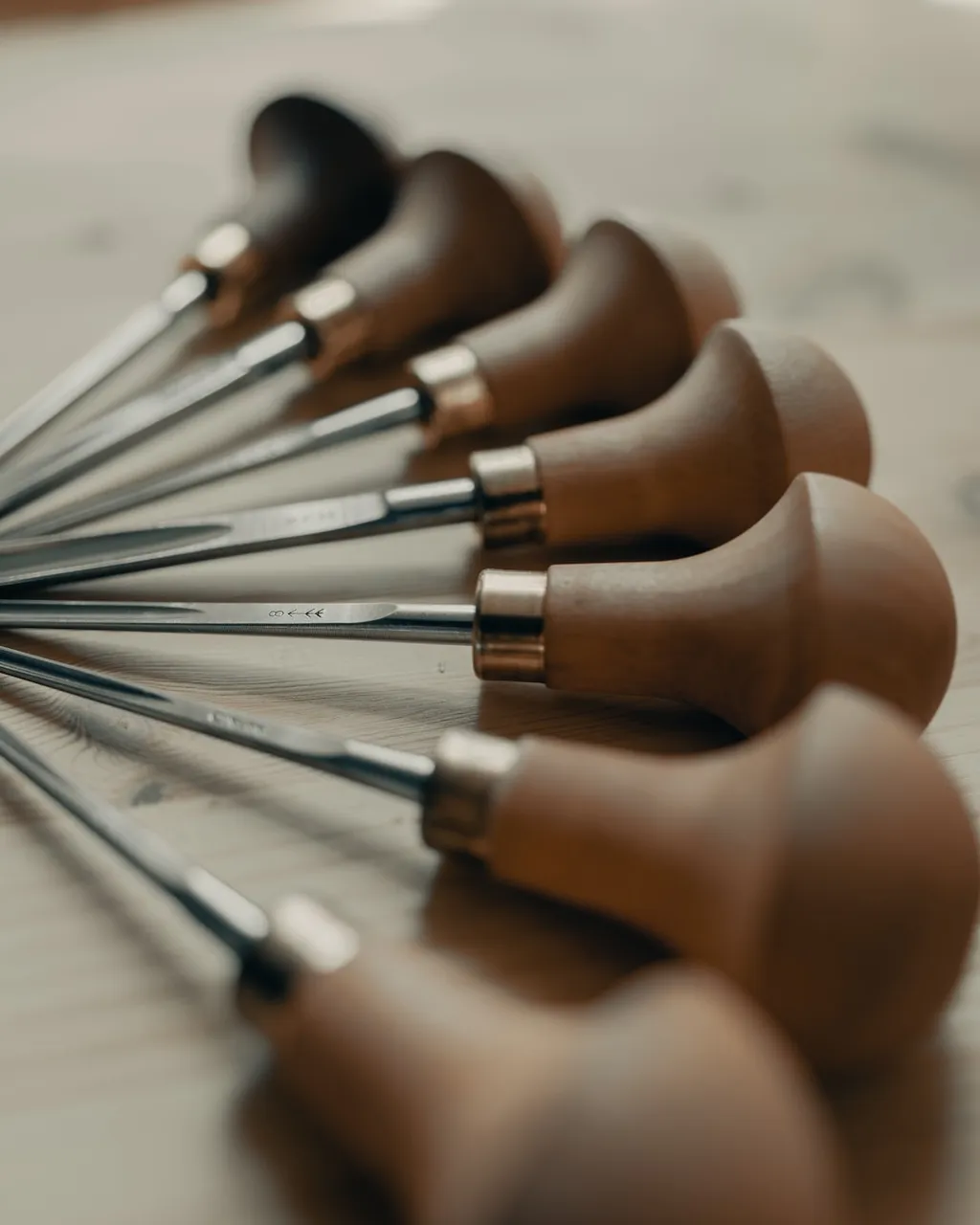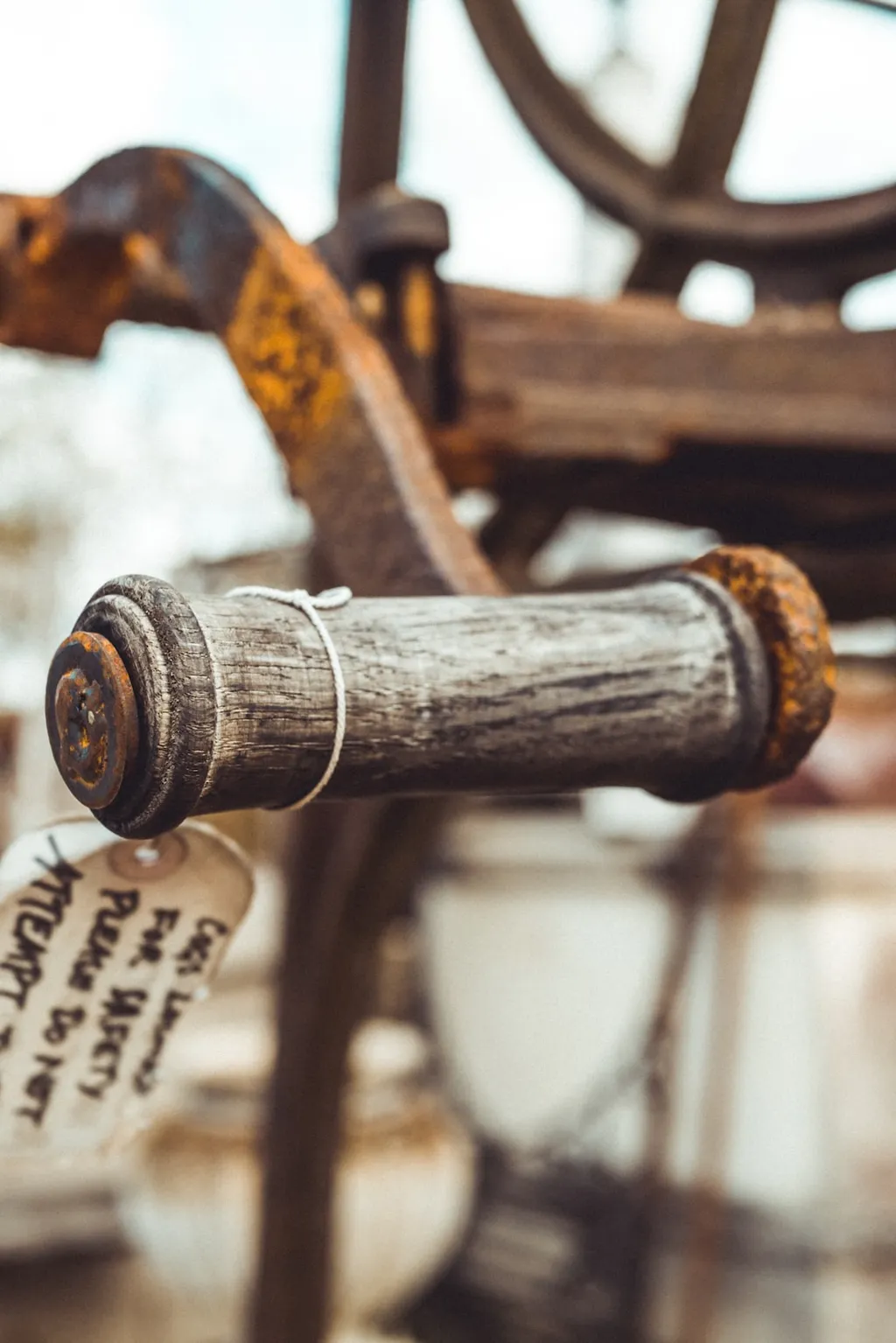Etchers and Engravers: Artistic Creators and Craftsmen
Etching and engraving are two techniques used to replicate art and images on surfaces. Etchers and engravers are skilled professionals who have the expertise to reproduce artwork onto plates or blocks of metal, wood, or plastic. They operate specialized equipment, including hand engraving tools, and have a keen eye for detail, creativity, and artistic vision.
There are many applications for etched and engraved metal plates. These range from creating prints, making dies for coin production, engraving microelectronic components to create circuit boards, and embossing plastic sheets onto products like license plates and credit cards.
Etchers and engravers are highly specialized artisans that are responsible for producing high-quality images and designs using different tools and techniques. These may include traditional hand engraving, pantograph machines, and computer-aided design (CAD) systems. They may work as independent contractors, studio artists, or employed by manufacturing industries such as electronics, jewelry-making, automotive, and printing.
Examples of Etchers and Engravers
Etchers and Engravers have flexibilities in choosing their area of specialty. They may specialize in creating intricate designs on various metals, plastics, and wood materials. Some of the most common applications for etching and engraving artists include:
Printmaking: Etching and engraving techniques are used to create plates that are used to generate a range of graphic prints, from etchings and engravings to lithography, screenprinting, and even stamp-making.
Jewelry Making: Etchers and engravers are also commonly employed by jewelry manufacturers to produce unique and customized designs on metal, plastic, and even composite materials, such as frosted Lucite to create texture.
Awards and Trophies: Etchers and engravers carve designs, logos, images, and text onto various materials to create awards and trophies for specific occasions, like sports championships, employee recognition, fundraising events, and industry trade fairs.
Industrial Applications: Etchers and engravers work extensively to craft parallel lines, intricate shapes, and geometric patterns onto machine parts, semiconductors, circuit boards, and even medical devices.
Training and Education
The career of etchers and engravers requires specialized education and training to gain the necessary skills to create distinct metal plates and surfaces. Some of the essential skills required for this occupation include accuracy, detail orientation, and artistic creativity.
Many universities and technical colleges offer associate or bachelor’s degrees in fine arts and graphic design, which provide opportunities for coursework in traditional and digital art techniques, such as sketching, drawing, printmaking, and painting.
On-the-job training is more commonly used for specialized engraving equipment or processes. Prospective etchers and engravers may also consider training programs at trade schools and vocational institutions that offer programs designed specifically for metalworking, digital artistry, and engraving techniques.
Getting Started in Etching and Engraving
The path to becoming an etcher and engraver requires a passion for the process of artistic creation and attention to detail. Materials used for etching and engraving are expensive, i.e., plates, inks, and machinery. It is advisable to get some experience by working in a larger, more established organization before considering starting an independent venture.
Another avenue for those interested could be to start small. Pursuing hobbies like carving designs onto hard surfaces by hand, and even crafting custom jewelry or printing greeting cards can help build the skills to create more complex pieces. Investing in a branded website, social media presence, and attending craft fairs can also be ways to market their creations and develop clientele.
Final Words
So the next time you admire a beautifully formatted engraved piece of glass or metal, remember that it takes a skilled and trained etcher or engraver to create it. Their delicate and creative hands have the power to bring a design to life. If you enjoy using precision tools and have a talent for design, this could be the career field for you.
Etchers and Engravers: Job Level and Salary Data
Etchers and engravers are skilled professionals who create designs, patterns, and texts on objects using various techniques such as carving, cutting, and acid-etching. They work in diverse industries such as jewelry, printing, and manufacturing, among others.
According to the US Bureau of Labor Statistics, the median annual wage for etchers and engravers as of May 2020 was $35,140. The lowest 10 percent earned less than $23,400, while the highest 10 percent earned more than $59,780. The salary data for etchers and engravers in the US National Average is shown below:
| Job Level | Union | Mean Salary | Median Salary |
|---|---|---|---|
| All levels | Nonunion | $39,644.80 | $33,800.00 |
| All levels | Full-time | $41,329.60 | $36,441.60 |
| All levels | Time-based pay | $40,934.40 | $35,235.20 |
As shown in the table, etchers and engravers who work full-time and are in a union tend to have higher salaries compared to those who are not in a union or are paid based on time. Unionization can provide workers with collective bargaining power, which could lead to better wages, benefits, and working conditions.
The salary for etchers and engravers varies depending on their location. According to the same Bureau of Labor Statistics report, the two geographies where this occupation is best paid and least paid on average are:
- Best paid: California, with an average annual wage of $44,180
- Least paid: Indiana, with an average annual wage of $26,840












